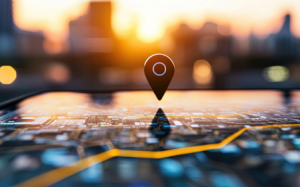Progressing City Tree Surveillance through AI-Driven Digital Twins
Revolutionizing Urban Forestry with AI and Digital Twins
City tree surveillance is undergoing a significant transformation, thanks to the integration of Artificial Intelligence (AI) and Digital Twins. This innovative approach is set to revolutionize urban forestry, enhancing the management and conservation of city trees.
AI-Driven Digital Twins: A Game Changer
AI-driven digital twins are virtual replicas of physical entities, in this case, city trees. They provide a dynamic, real-time view of their physical counterparts, enabling better monitoring and management. The use of AI further enhances the capabilities of these digital twins, allowing for predictive analysis and proactive decision-making.
Benefits of AI-Driven Digital Twins in City Tree Surveillance
-
Improved Monitoring: Digital twins provide a real-time view of city trees, enabling constant monitoring and immediate response to any changes or threats.
-
Proactive Management: With AI’s predictive analysis capabilities, potential issues can be identified and addressed before they become significant problems.
-
Enhanced Conservation: Better management and monitoring lead to improved conservation efforts, ensuring the longevity and health of city trees.
Challenges and Future Prospects
While the integration of AI and digital twins presents immense potential, it also brings certain challenges, including data privacy concerns and the need for significant technological infrastructure. However, with continued advancements in technology and appropriate regulatory measures, these challenges can be overcome, paving the way for a new era in city tree surveillance.
Conclusion
The integration of AI-driven digital twins in city tree surveillance is a promising development in urban forestry. It offers improved monitoring, proactive management, and enhanced conservation of city trees. Despite the challenges, the future prospects of this technology are bright, promising a new era in the management and conservation of urban green spaces.













